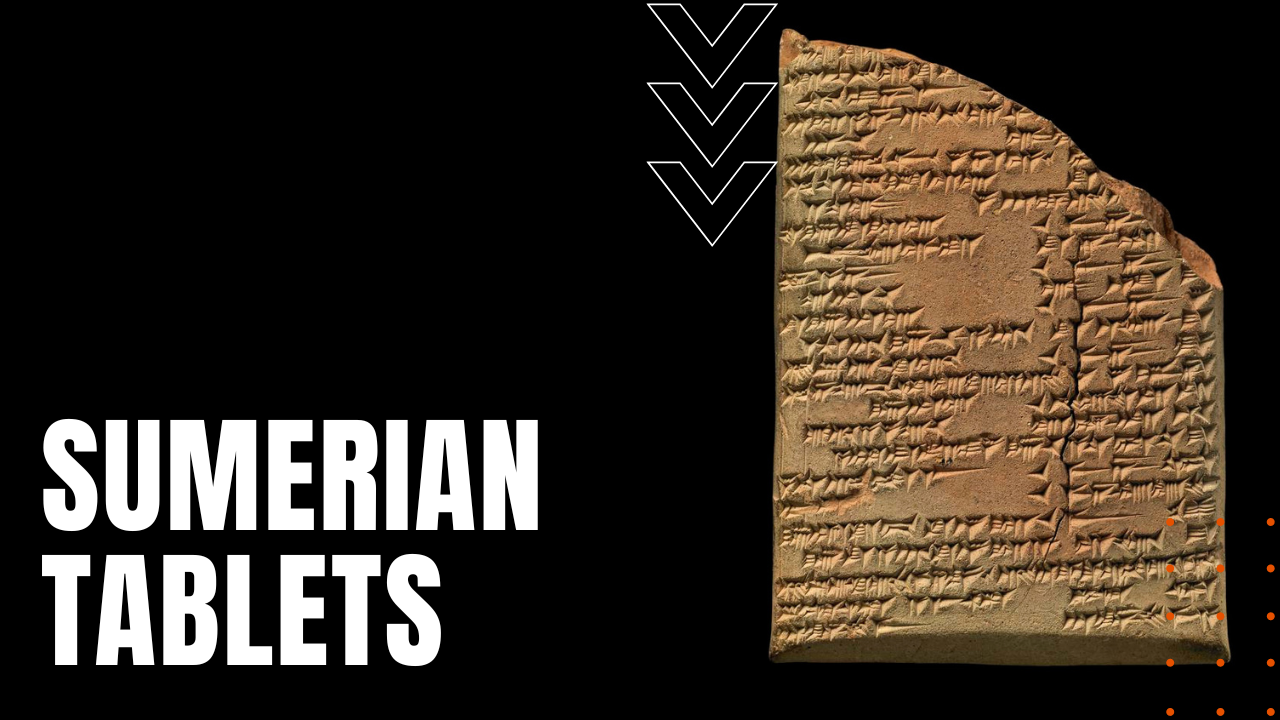Sumerian Tablets of Ancient Mesopotamia

Meaning “two rivers” in Greek, ancient Mesopotamia or the fertile crescent was a region that flourished for 10,000 years, between the Tigris and Euphrates Rivers, spanning much of today’s Middle Eastern nations. During the fourth millennium B.C., the Sumerians in the southeastern part of Mesopotamia, developed the oldest known written language using a Sumerian script known as cuneiform.
10,000-Year-Old Script
Comprised of wedge-shaped characters believed to have originated in 8000 B.C., initially the script took the form of pictograms on small clay tokens, which were used to graphically represent the exchange of goods and livestock as trade spread throughout the city-states of the region. In a crossover evolution of language first deduced by French archaeologist Denise Schmandt-Besserat in the 1970s, over the course of many millennia, cuneiform tokens evolved into a writing form, incorporating the first use of an alphabet.
Early Accounting Records
Merchant and courtly scribes used tablets made of clay, inscribing their moist surface with a variety of materials, including stone, metal and wood, before setting a finished tablet face up to harden in the sun. Most Sumerian tablets could be recycled by soaking them in water to form new blank tablets, although the ones that have survived into modern times were fired in kilns to create a permanent record.
Employed Throughout Mesopotamia
Used widely by a number of competing Mesopotamian city-states, including the Akkadian, Elamite and Hittite tribes, the name cuneiform was first applied to the ancient script by Engelbert Kämpfer in 1700, while German scholar George Friedrich Grotefend made the first successful translation of the Sumerian cuneiform language in 1892.
A Language Isolate
Considered a language isolate, which means there is no current comparable language in use, some 500,000 to two million Sumerian tablets have been unearthed in the Fertile Crescent, with only a small number fully translated to this day. The last dated cuneiform text has been carbon dated to sometime around 75 A.D., although many scholars believe that the script continued to be used intermittently until sometime around 300 A.D., making Sumerian tablets and cuneiform script, a weighty precursor to the discovery of paper.
